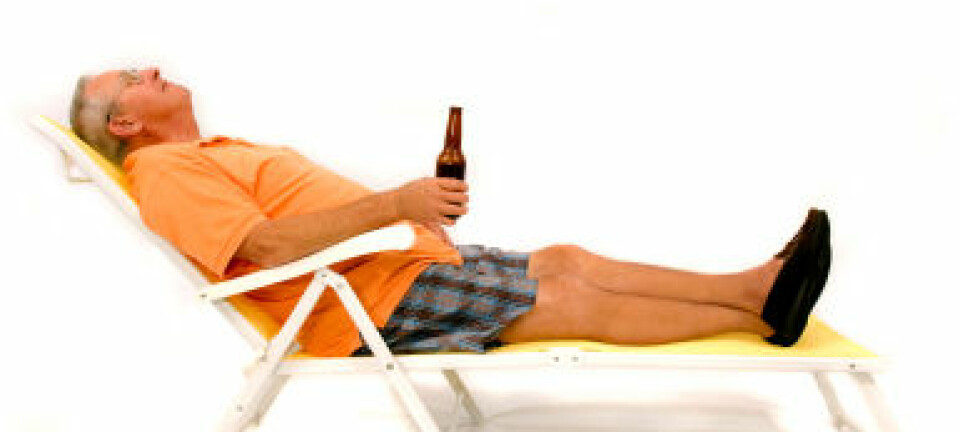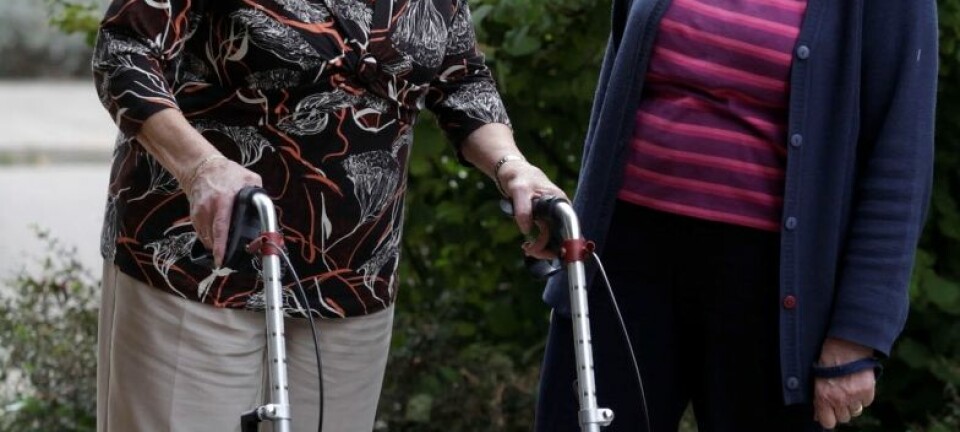
Hard squeeze of the arm may help stroke victims
New study suggests that patients with acute ischemic stroke might benefit from the hard squeeze of the arm from a blood pressure cuff. Why this helps is anyone’s guess.
You probably know what it feels like when the doctor measures your blood pressure.
It may sound a bit strange, but new research suggests that this kind of squeeze of the arm may benefit stroke victims.
In a new study, scientists at the Aarhus University Hospital in Denmark used ordinary blood pressure cuffs to squeeze hard on the arms of patients being hospitalised with acute ischemic stroke.
“It is a simple and inexpensive treatment that does not harm the patients – we simply used a ordinary blood pressure cuff. The patients were fitted with the cuff in the ambulance on their way to hospital,” says Kristina Dupont Hougaard, MD, PhD, of the hospital’s Department of Neurology.
It is a simple and inexpensive treatment that does not harm the patients – we simply used a regular blood pressure cuff. The patients were fitted with the cuff in the ambulance on their way to hospital.
Kristina Dupont Hougaard
She is the lead author of the new study, which is published in the journal Stroke.
Study inspired by cardiologists
It has been known for some time in scientific circles that heart attack patients appear to benefit from hard squeezes of the arm from a blood pressure cuff.
A recent study, also from the Aarhus University Hospital. showed that this treatment resulted in a lower mortality rate and fewer complications after a heart attack.
“We were inspired by the cardiologists who studied how this treatment worked on heart attack patients. We wanted to see if the beneficial effects also applied to stroke patients,” says Hougaard, adding that this is the first time that this special form of treatment has been tested on stroke patients.
Brain cells had less oxygen deficiency
The new study does not prove that the simple treatment works; however, the researchers found many indications that the patients benefited from being treated with the blood pressure cuff:
”We did not observe directly that the patients who received the treatment had less brain damage as a result of their stroke. What we did see, however, was that the brain cells in those who received the treatment were in a better shape. Their brain cells had less oxygen deficiency,” she says.
When the patients arrived at the hospital and underwent their first medical examination, the researchers noticed that the patients who had received treatment with the blood pressure cuff displayed fewer symptoms of their stroke:
”Upon arrival at the hospital, patients undergo a medical examination. There is an international scale for assessing patients based on various parameters, for instance whether they suffer from facial paralysis, muscle weakness or speech disturbance,” says Hougaard.
”We observed that those who had received the treatment in the ambulance actually had lower scores on the scale – they were less clinically ill.”
-------------------
Read the Danish version of this article at videnskab.dk










